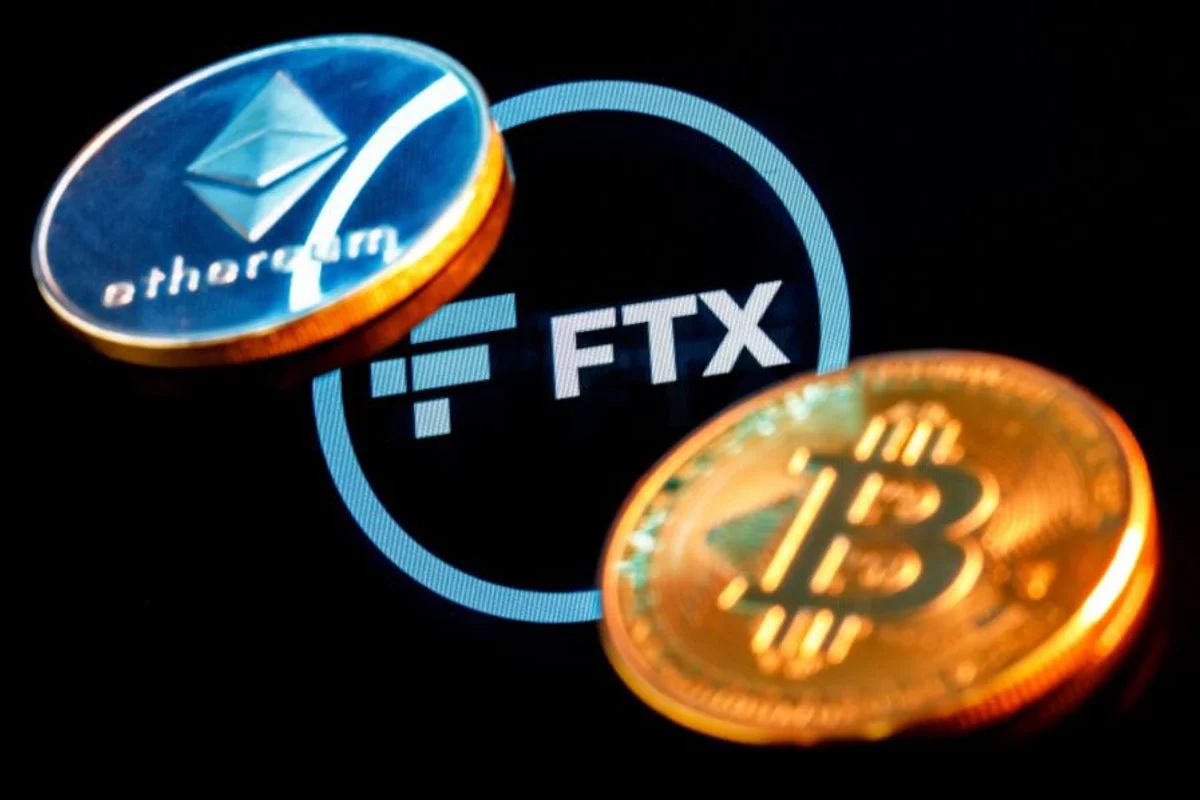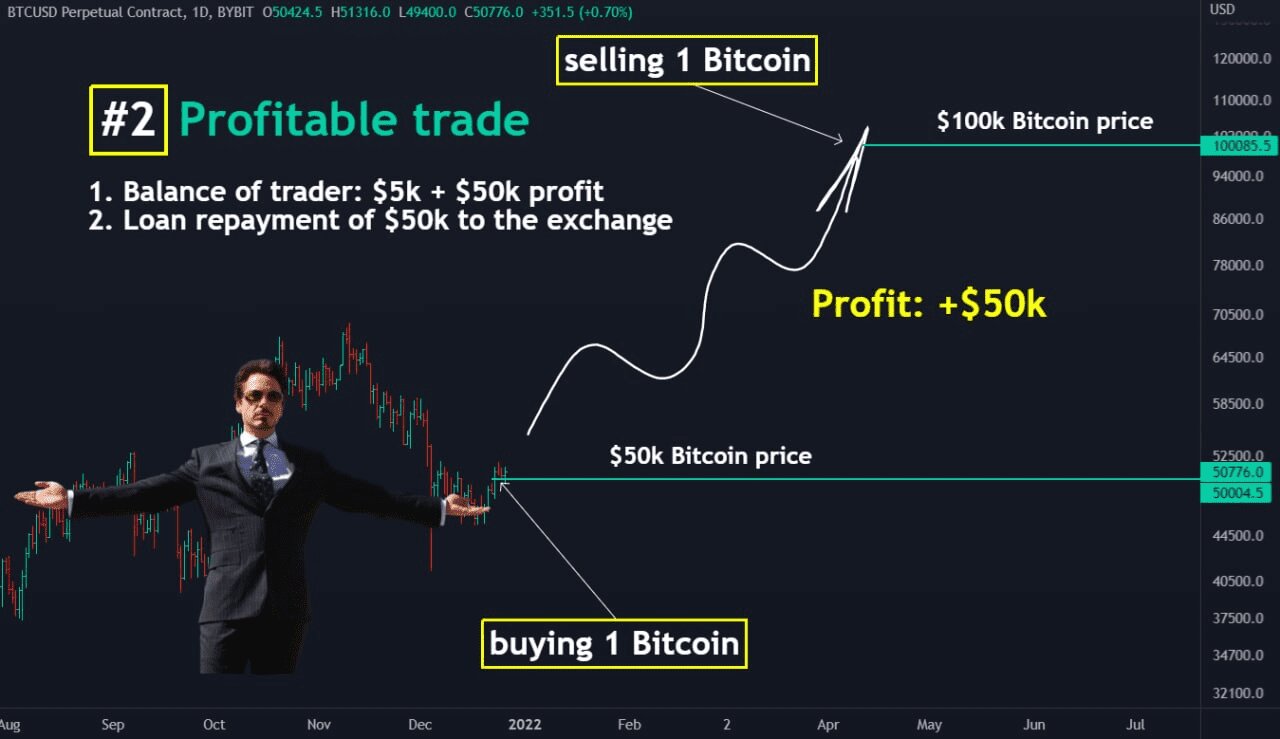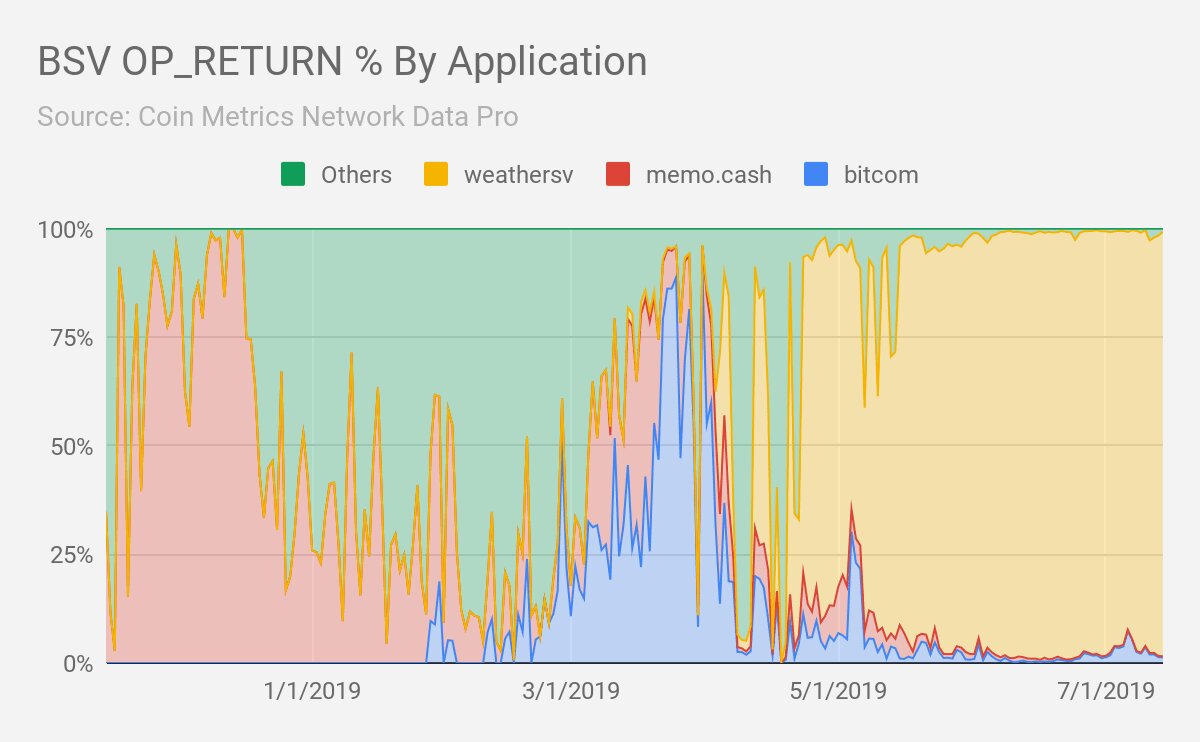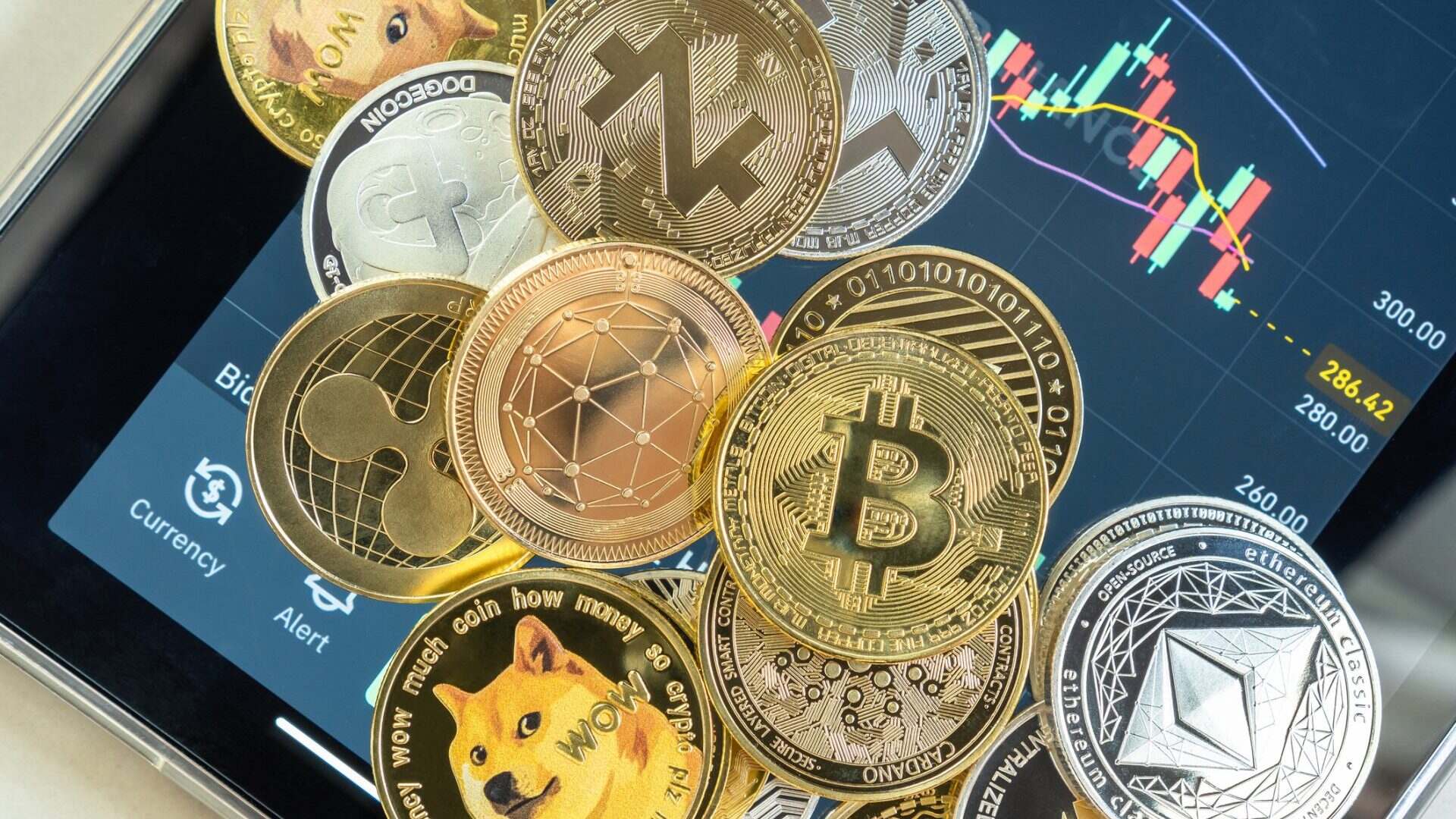Introduction
Cryptocurrency, a digital form of currency that operates on a decentralized network, has gained significant attention in recent years. With its potential for massive returns and the lure of quick profits, many individuals eagerly enter the world of crypto trading. However, this volatile market is not without its risks.
In this article, we will shed light on the recent crashes that have occurred in the cryptocurrency market. These crashes have left investors stunned and questioning the stability of the digital assets they hold. Understanding the reasons behind these crashes can help investors make informed decisions and navigate the unpredictable waters of the crypto market.
It’s important to note that cryptocurrencies operate independently of traditional financial systems and are subject to different factors that can impact their value. The decentralized nature of cryptocurrencies means they can be susceptible to sudden shifts in market sentiment, government regulations, technological advancements, and even social media trends. As a result, the prices of cryptocurrencies can experience significant fluctuations, leading to both gains and losses for investors.
The recent crashes in the cryptocurrency market have raised concerns among investors about the reliability and sustainability of these digital assets. While cryptocurrencies have shown immense potential for growth and innovation, they are not without their risks. It is crucial for investors to exercise caution and do thorough research before making any investment decisions.
In the sections that follow, we will delve into specific cryptocurrencies that have experienced substantial crashes in recent times. By examining the events and factors that contributed to these crashes, we aim to provide a comprehensive understanding of the challenges and risks associated with investing in cryptocurrencies.
Bitcoin Crash
Bitcoin, the pioneer and most well-known cryptocurrency, has experienced its fair share of price crashes throughout its history. One of the most notable crashes occurred in early 2021, when the price of Bitcoin plummeted from its all-time high of around $64,000 to under $30,000 in just a matter of weeks.
Several factors contributed to the Bitcoin crash. One significant factor was the increased scrutiny from regulatory bodies around the world. Concerns over money laundering, tax evasion, and market manipulation prompted governments to propose stricter regulations on cryptocurrencies. The fear of heavy regulations caused panic among investors and led to a mass sell-off of Bitcoin, driving the price down.
Moreover, Elon Musk’s tweets played a role in the Bitcoin crash. The Tesla CEO’s endorsing and then subsequently criticizing Bitcoin had a direct impact on its price. Musk’s announcement that Tesla would no longer accept Bitcoin as payment due to environmental concerns caused a significant drop in Bitcoin’s value. His influence on social media created a whirlwind of uncertainty and volatility in the market.
Another factor behind the Bitcoin crash was the overall market sentiment and the impact of other cryptocurrencies. Bitcoin’s price often correlates with the broader cryptocurrency market. When other prominent cryptocurrencies, such as Ethereum and Cardano, experienced significant downturns, it created a negative ripple effect that pushed Bitcoin’s price down further.
It is important to note that Bitcoin has a history of high volatility, and price crashes are not uncommon. Cryptocurrency markets are still relatively young and lack the stability and regulation seen in traditional financial markets. This makes Bitcoin and other cryptocurrencies susceptible to rapid price fluctuations caused by a range of internal and external factors.
Despite the Bitcoin crash, some investors still see it as a long-term investment opportunity. The cryptocurrency’s limited supply, widespread adoption, and growing recognition as a store of value attract many supporters who believe in its potential for future growth. However, it is crucial for investors to exercise caution and diversify their portfolios to mitigate the risks associated with such significant price swings.
Ethereum Crash
Ethereum, the second-largest cryptocurrency by market capitalization, has also experienced its fair share of crashes. One notable crash occurred in May 2021, when the price of Ethereum dropped from its all-time high of over $4,000 to under $2,000 in a matter of days.
The crash was mainly fueled by market sentiment and external factors. One such factor was the broader market correction in the cryptocurrency space. Ethereum, like other cryptocurrencies, is highly influenced by the overall market sentiment. When other cryptocurrencies experienced a downturn, it created a domino effect, leading to a drop in Ethereum’s price.
Another significant factor behind the Ethereum crash was the impact of environmental concerns. Similar to Bitcoin, Ethereum relies on blockchain technology, which requires a significant amount of energy consumption. Growing concerns about the carbon footprint and environmental sustainability of cryptocurrencies led to a negative perception among investors. This negative sentiment, coupled with Elon Musk’s criticism of the energy consumption associated with cryptocurrencies, contributed to the crash.
Smart contract vulnerabilities also played a role in the Ethereum crash. Ethereum is known for its smart contract functionality, allowing for the creation and execution of decentralized applications (dApps). However, vulnerabilities in certain smart contracts led to security breaches and hacks, which eroded investor confidence and sparked sell-offs, further driving down the price of Ethereum.
Despite the crashes, Ethereum continues to be a popular choice for investors and developers in the cryptocurrency space. Its smart contract capabilities and ongoing development make it an attractive platform for decentralized applications and the booming world of decentralized finance (DeFi). Furthermore, the upcoming Ethereum 2.0 upgrade aims to address scalability and energy consumption concerns, which could positively impact the long-term value and stability of Ethereum.
Investors should keep in mind that Ethereum, like any other cryptocurrency, is a highly speculative asset. Its price volatility and susceptibility to market sentiment and external factors make it a risky investment. It is crucial for investors to conduct thorough research, diversify their portfolios, and carefully assess the risks associated with investing in Ethereum or any other cryptocurrency.
Cardano Crash
Cardano, a blockchain platform for smart contracts, has gained considerable attention in the cryptocurrency market. However, it has not been immune to price crashes. One significant crash occurred in May 2021, causing Cardano’s price to drop significantly from its all-time high.
One of the main factors behind the Cardano crash was the influence of market sentiment and the broader cryptocurrency market. Cardano’s price often correlates with the performance of other cryptocurrencies, especially Ethereum. As Ethereum experienced a significant downturn during this period, it created a negative outlook for the entire market, including Cardano, leading to decreased investor confidence and ultimately a crash in its price.
The impact of regulatory concerns also played a role in the Cardano crash. As governments around the world proposed stricter regulations for cryptocurrencies, it created uncertainty and fear among investors. The prospect of increased scrutiny and potential restrictions on the use of cryptocurrencies can cause panic and trigger a sell-off, which in turn leads to a price crash.
Moreover, technological factors can also contribute to crashes in the Cardano ecosystem. In the highly competitive world of cryptocurrencies, any vulnerabilities or setbacks in the development or deployment of Cardano’s blockchain can negatively impact its price. Software bugs, network security breaches, or delays in implementing promised features can erode investor confidence and result in a crash.
It’s essential to note that volatility is a inherent characteristic of the cryptocurrency market, and crashes can occur even in promising projects like Cardano. While Cardano has been praised for its focus on scientific research and peer-reviewed development, it’s crucial for investors to keep in mind the market risks associated with investing in cryptocurrencies. Conducting thorough research, understanding the project’s fundamentals, and diversifying one’s portfolio can help mitigate risks and navigate the unpredictable nature of the crypto market.
Despite the crash, there are still many optimistic investors who believe in Cardano’s long-term potential. The platform’s focus on sustainability, interoperability, and scalability has gathered a loyal community of followers. Additionally, upcoming upgrades and developments, such as the implementation of smart contracts through the Alonzo hard fork, could contribute to Cardano’s growth and attract more users and investors in the future.
Binance Coin Crash
Binance Coin (BNB) is the native cryptocurrency of the Binance exchange, one of the largest cryptocurrency exchanges in the world. While BNB has seen significant growth, it has also experienced price crashes, one of which occurred in May 2021.
One major factor behind the Binance Coin crash was the overall market sentiment and the impact of Bitcoin and Ethereum crashes. As Bitcoin and Ethereum, the two major cryptocurrencies, experienced significant downturns during this period, it created a ripple effect across the market. Many altcoins, including Binance Coin, followed suit and suffered a price drop due to the general negative sentiment and panic selling.
Furthermore, regulatory concerns played a role in the Binance Coin crash. Binance, being a prominent cryptocurrency exchange, faced increased scrutiny from regulatory bodies around the world. Several countries raised concerns about its compliance with financial regulations and potential money laundering risks. The uncertainty surrounding Binance’s regulatory status and the possibility of tighter regulations on the exchange led to a loss of investor confidence, resulting in a crash in Binance Coin’s price.
Technical issues and security concerns can also contribute to price crashes in Binance Coin. Cryptocurrency exchanges are often targeted by hackers, and any security breaches can have a detrimental impact on the reputation and value of the exchange’s native token. Furthermore, unexpected technical glitches or disruptions in the exchange’s trading platform can also trigger panic selling and cause a crash in Binance Coin’s price.
Regardless of the crashes, Binance Coin continues to have a strong following and use case within the Binance ecosystem. It offers benefits such as reduced trading fees, participation in token sales, and compatibility with decentralized applications (dApps) on the Binance Smart Chain. As Binance continues to expand its services and partnerships, the long-term value and utility of Binance Coin may continue to grow.
Investing in Binance Coin or any other cryptocurrency carries inherent risks. The cryptocurrency market can be highly volatile, and price crashes are not uncommon. It is crucial for investors to assess the risks, conduct thorough research, and make informed decisions while considering their risk tolerance and investment goals.
Ripple Crash
Ripple, the cryptocurrency associated with the Ripple payment protocol and the XRP Ledger, has faced its fair share of market volatility, including a significant crash in its price. One notable crash occurred in late 2020, following a period of uncertainty and regulatory challenges for Ripple Labs, the company behind Ripple.
The primary catalyst for the Ripple crash was the U.S. Securities and Exchange Commission’s (SEC) lawsuit against Ripple Labs. The SEC alleged that Ripple Labs conducted an unregistered securities offering through the sale of XRP tokens. The lawsuit created uncertainty and regulatory concerns among investors, causing a massive sell-off and a subsequent crash in Ripple’s price.
Furthermore, the delisting of XRP from major cryptocurrency exchanges also contributed to the crash. In response to the SEC lawsuit, several exchanges, including Coinbase and Bitstamp, halted trading and deposits of XRP. This restricted liquidity and limited the ability of investors to buy and sell XRP, resulting in a sharp decline in its value.
Additionally, the ongoing legal battle and uncertainty surrounding the regulatory status of Ripple and XRP placed a significant strain on investor confidence. With the potential for heavy fines and regulatory restrictions, many investors chose to distance themselves from Ripple, leading to a crash in its price.
Despite the crash, Ripple has continued to work towards resolving its legal challenges and maintaining its partnerships with financial institutions. The company aims to provide fast, low-cost international money transfers using its payment protocol. However, the outcome of the SEC lawsuit and the regulatory landscape around cryptocurrencies remain crucial factors that could impact Ripple’s future price and adoption.
Investing in Ripple or any other cryptocurrency requires careful consideration of the associated risks. The cryptocurrency market is highly speculative and subject to a range of external factors, including regulatory actions and market sentiment. Investors should conduct thorough research, stay informed about legal developments, and assess their risk tolerance before making any investment decisions involving Ripple or XRP.
Dogecoin Crash
Dogecoin, a cryptocurrency that started as a meme but gained popularity, has experienced significant price crashes throughout its existence. One notable crash occurred in May 2021, following a period of intense speculation and hype around the digital asset.
The crash in Dogecoin’s price can be attributed to several factors. Firstly, the overall market sentiment and the impact of major cryptocurrencies like Bitcoin and Ethereum played a role. Dogecoin, often seen as a speculative or meme coin, tends to follow the trend set by these larger digital currencies. When Bitcoin and Ethereum experienced significant downturns, it created a negative ripple effect, causing a crash in Dogecoin’s price.
Social media and popular culture also played a role in the Dogecoin crash. The meteoric rise of Dogecoin was associated with endorsements and mentions from high-profile individuals like Elon Musk and Mark Cuban, as well as viral trends on platforms like TikTok. However, as the hype subsided and the novelty wore off, investors started taking profits, leading to a sell-off and a subsequent crash in Dogecoin’s value.
Moreover, the lack of fundamental value and a clear use case for Dogecoin also contributed to the crash. Unlike other cryptocurrencies that offer technological innovations or practical applications, Dogecoin primarily relies on its community-driven nature and internet culture appeal. This made it susceptible to wild price swings and a lack of long-term stability, leading to volatility and crashes.
Despite the crashes, Dogecoin still has a loyal community of supporters and remains an active part of the cryptocurrency market. Its widespread adoption and acceptance as a form of tipping and charitable giving have contributed to its continued existence. However, it is essential for investors to approach Dogecoin with caution and understand its speculative nature, as the price of the digital asset can experience significant fluctuations.
Investing in Dogecoin or any other highly speculative cryptocurrency requires careful consideration of the associated risks. The market can be influenced by trends, social media sentiment, and speculative behavior. Investors should conduct thorough research, assess their risk tolerance, and diversify their portfolios before making any investment decisions involving Dogecoin.
Polkadot Crash
Polkadot, a multi-chain platform that enables interoperability among different blockchains, has encountered its fair share of price crashes. One notable crash occurred in the broader market correction in May 2021, affecting several cryptocurrencies, including Polkadot.
The crash in Polkadot’s price can be attributed to a combination of factors. Market sentiment and the impact of major cryptocurrencies like Bitcoin and Ethereum had a significant influence. When Bitcoin and Ethereum experienced significant downturns, it created a negative sentiment and led to a general sell-off in the market, including Polkadot.
Additionally, the highly speculative nature of the cryptocurrency market played a role in the Polkadot crash. Polkadot, being a promising project with its focus on interoperability and scalability, gained significant attention and investor interest. However, the hype surrounding the project led to speculative buying and a potential oversaturation of the market. When the market sentiment shifted, investors started to take profits, resulting in a crash in Polkadot’s price.
Moreover, technological challenges and development setbacks can also contribute to price crashes in Polkadot. As with any ambitious blockchain project, Polkadot faces technical hurdles and risks, including potential security vulnerabilities or delays in implementing key features. Any setbacks or negative news regarding the project’s development can significantly impact investor confidence, leading to a crash in its price.
Despite the crashes, Polkadot remains a prominent player in the cryptocurrency market due to its unique technology and potential for blockchain interoperability. Its ability to connect various blockchains holds promise for creating a more interconnected and efficient decentralized ecosystem. However, investors should be aware of the risks associated with investing in cryptocurrencies and conduct thorough research before making any investment decisions involving Polkadot.
It’s crucial to approach Polkadot or any other cryptocurrency with caution and to understand the inherent risks and volatility of the market. Investors should assess their risk tolerance, diversify their portfolios, and stay informed about the project’s developments and market trends before making investment decisions involving Polkadot.
Litecoin Crash
Litecoin, often referred to as the silver to Bitcoin’s gold, is a popular cryptocurrency that has experienced several price crashes throughout its existence. One notable crash occurred during the broader cryptocurrency market correction in early 2018.
The crash in Litecoin’s price can be attributed to various factors. Market sentiment and the impact of major cryptocurrencies like Bitcoin played a significant role. Litecoin often follows the trend set by Bitcoin, as it shares similar characteristics and appeal as a digital currency. When Bitcoin experienced a significant downturn, it created a negative market sentiment that led to a crash in Litecoin’s price as well.
Moreover, regulatory concerns and news surrounding cryptocurrencies can also contribute to crashes. During the 2018 crash, there were growing concerns about regulatory scrutiny on cryptocurrencies and initial coin offerings (ICOs). The fear of increased regulations and potential restrictions on cryptocurrency trading or usage created panic among investors, leading to a sell-off and subsequent crash in Litecoin’s value.
Additionally, technological challenges and developments within the cryptocurrency ecosystem can impact Litecoin’s price. As new cryptocurrencies and blockchain technologies emerged, the competition intensified. Investors may shift their attention and investments to newer or more innovative projects, which can negatively affect the price of established cryptocurrencies like Litecoin.
Despite the crashes, Litecoin continues to maintain a strong presence in the cryptocurrency market. Its faster block generation time, compared to Bitcoin, and lower transaction fees have contributed to its appeal. Moreover, Litecoin has been adopted by various merchants and payment processors, providing it with real-world utility.
Investing in Litecoin or any other cryptocurrency requires careful consideration of the associated risks. The cryptocurrency market is highly volatile and subject to various external factors. Investors should conduct thorough research, diversify their portfolios, and assess their risk tolerance before making any investment decisions involving Litecoin.
Chainlink Crash
Chainlink, a decentralized oracle network, has gained significant attention and popularity in the cryptocurrency market. However, like many other cryptocurrencies, it has also experienced price crashes. One notable crash occurred during the broader market correction in May 2021.
The crash in Chainlink’s price can be attributed to multiple factors. Market sentiment and the impact of major cryptocurrencies, such as Bitcoin and Ethereum, played a significant role. Chainlink’s price often correlates with the overall market sentiment, and when major cryptocurrencies experience a downturn, it can create a negative ripple effect, resulting in a crash in Chainlink’s price.
Moreover, during the crash, the overall sentiment towards altcoins, including Chainlink, turned bearish. Altcoins are generally more susceptible to market volatility and liquidity fluctuations compared to major cryptocurrencies. When investor sentiment turns sour, altcoins are often the first to be sold off, leading to a significant decline in their value.
Additionally, news and developments within the Chainlink ecosystem can impact its price. Positive news, such as new partnerships and integrations, can boost investor confidence and drive up the price. On the flip side, negative news, such as security breaches or regulatory concerns, can erode investor confidence and prompt a sell-off, contributing to a crash in Chainlink’s price.
Despite the crashes, Chainlink continues to be recognized for its potential to connect smart contracts with real-world data through its decentralized oracle network. Its ability to provide reliable and secure data feeds to decentralized applications has positioned it as a significant player in the growing DeFi sector. However, investors should remain cautious and monitor both market trends and news specific to Chainlink, as these factors can greatly influence its price and performance.
Investing in Chainlink or any other cryptocurrency carries inherent risks. Investors should conduct thorough research, stay informed about new developments and trends, and carefully consider their risk tolerance before making any investment decisions related to Chainlink.
Stellar Crash
Stellar, a decentralized blockchain platform designed for fast and low-cost cross-border transactions, has experienced its fair share of price crashes. One notable crash occurred during the broader cryptocurrency market correction in early 2018.
The crash in Stellar’s price can be attributed to various factors. Market sentiment and the impact of major cryptocurrencies, such as Bitcoin and Ethereum, played a significant role. Stellar, like many other altcoins, tends to follow the trend set by Bitcoin. When Bitcoin experienced a significant downturn, it created a negative market sentiment that led to a crash in Stellar’s price.
In addition, regulatory actions and news related to the cryptocurrency industry can also contribute to crashes. During the 2018 market correction, there were growing concerns about regulatory scrutiny and potential restrictions on cryptocurrencies and initial coin offerings (ICOs). The fear of increased regulations and uncertainty in the regulatory landscape led to a decline in investor confidence, resulting in a sell-off and subsequent crash in Stellar’s value.
Furthermore, competition within the blockchain and cryptocurrency space can impact the price of Stellar. With the emergence of new blockchain projects and platforms, investors may divert their attention and investments to innovative alternatives. This can lead to a shift in market sentiment and a decrease in demand for established cryptocurrencies like Stellar, resulting in a price crash.
Despite the crashes, Stellar continues to focus on its mission of facilitating efficient and affordable cross-border transactions. The platform’s partnership with various financial institutions and its commitment to financial inclusivity have garnered attention and support. Stellar’s scalability and interoperability features may position it well in the growing world of blockchain-based financial services.
Investing in Stellar or any other cryptocurrency requires careful consideration of the associated risks. The cryptocurrency market is highly volatile, and price crashes are not uncommon. Investors should conduct thorough research, assess their risk tolerance, and diversify their portfolios before making any investment decisions involving Stellar.
Conclusion
The cryptocurrency market has witnessed numerous crashes in recent years, impacting various digital assets, including Bitcoin, Ethereum, Cardano, Binance Coin, Ripple, Dogecoin, Polkadot, Litecoin, Chainlink, and Stellar. These crashes serve as reminders of the volatile nature of cryptocurrencies and the risks associated with investing in them.
The crashes can be caused by a variety of factors, including market sentiment, regulatory concerns, technological challenges, and competition within the cryptocurrency ecosystem. The interconnectedness of the market means that the performance of major cryptocurrencies can heavily influence the prices of smaller altcoins. Furthermore, news and developments specific to each cryptocurrency can also significantly impact their prices, for better or worse.
Investing in cryptocurrencies requires careful consideration of these risks. It is crucial for investors to conduct thorough research, analyze the fundamentals of the projects they are interested in, and assess their risk tolerance before making any investment decisions.
While the crashes can be disheartening for some, it’s important to note that the cryptocurrency market has also shown resilience and potential for growth. Many cryptocurrencies continue to evolve, partnering with reputable institutions and addressing challenges to enhance their scalability, security, and utility. Recognizing the long-term prospects and staying informed about the latest developments can help investors make informed decisions.
However, it is essential to approach cryptocurrency investments with caution. Diversifying one’s portfolio, staying updated with the latest regulatory developments, and being prepared for volatility are crucial strategies for mitigating risks in the ever-changing cryptocurrency landscape.
In conclusion, the crashes in the cryptocurrency market serve as important reminders of the risks involved in investing in digital assets. While there are potential rewards, it is essential to approach cryptocurrency investments with caution, conduct thorough research, and make informed decisions. By staying informed and being prepared for market fluctuations, investors can navigate the cryptocurrency market and potentially capitalize on its growth and innovations.

























